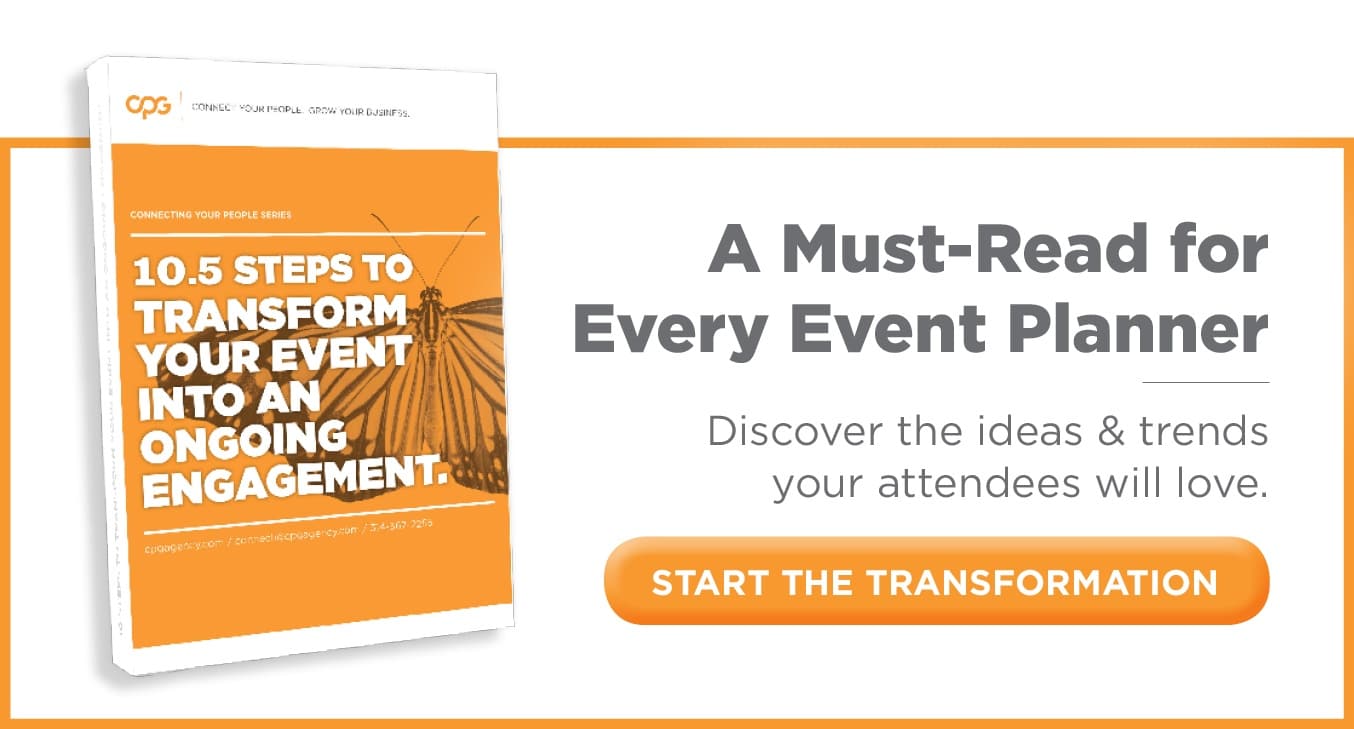How to Properly Incentivize Event Survey Responses
One way to improve the number of event survey responses is to reward a person for answering the survey. Rewards can be things like coupons, prizes, a gift card, or a VIP party invitation. Incentives that can be delivered in digital form are easier to handle logistically.
It is not necessary to make the incentive incredibly valuable, only special. Incentives that are too high value may get responses that are not sincere and only from respondents who are just looking to get the free gift.
After you square away the incentives, it’s time to look at each of the 3 main touch points you will use. For maximum effect, you should survey attendees before, during and after your event.
Pre-Event Survey
You should start any new task by identifying the purpose behind it. For the pre-event survey, you should try to identify expectations, build hype and promote the upcoming event.
Make sure your questions stick to these principles. You’re doing this survey so you can listen to your potential audience. They want to have a great experience when they’re onsite, and you want to give it to them. Frame your questions so they’ll actually be of use when your team breaks down the results.
Most effectively, you can use this survey to identify demographic profiles of attendees or set some performance benchmarks and KPIs.
Here are examples of pre-event survey questions:
- How did you learn about the event?
- What is your opinion of the event location?
- What are the most interesting speakers and sessions at the event?
- Will you stay at one of the recommended hotels?
- What is your opinion about the event cost?
- Is there anything you need more information about?
Mid-Event Surveys
These surveys collect data while the event is in progress, and real-time calibration of survey results can indicate success and problems.
An obvious perk for this method comes to mind: the memory is fresh, such as seeing a speaker’s presentation or participating in an event session. This will produce feedback of how people feel in the moment.
It is not easy to get people who are busy running about at an event to take the time to fill out a survey. Instead of making it a big deal, make it part of the program. This is easier than ever thanks to the rise of digital platforms such as your mobile event app.
One of the most creative ways to capture information in real time is to work some survey questions into the Keynote Speaker’s time. You can even have the results appear in real time as they answer.
There are lots of other ways to blend the survey throughout the experience. A push notification in-between breakout sessions might ask how they enjoyed their last session. Keep an eye out for these potential touch points and you’ll have plenty to work with.
Here are examples of mid-event survey questions:
- How was the registration/sign-in process?
- How do you rate the keynote speaker?
- Is the conference well-organized?
- Did you have any problems?
- Are you able to get any help you need?
- What would like to be better or change about the event?
Post-Event Survey
Post-event communications are just as important as the pre-event. This is where you can measure how well your event did relative to your KPIs and benchmarks. You might also see some areas for improvement that you can address at next year’s event.
While the previous two survey-types influence attendee behavior (pre-event surveys add hype, mid-event surveys increase engagement) post-event surveys don’t. Instead, they impact how the attendee carries your message further into their life, and how they remember your event.
With that in mind, try to make your survey questions thought-provoking. See how many things you can get them to recall from the event, as this will greatly impact their long-term memory. Most importantly, ask honest questions you need the answers to.
Here are some post-event survey questions to consider:
- How would you rate the event overall?
- What impressed you the most about the event?
- What can be done to improve the event for next year?
- Did you learn anything useful for your professional development or business?
- How likely are you to attend this event next year?
- Would you encourage others to attend?
Survey Mistakes to Avoid
Here are survey mistakes that can easily be avoided by constructing a survey more carefully:
- Asking Too Many Questions: Survey fatigue sets in after about 10 to 20 questions. If the survey is longer, advise participants upfront. If the survey is online, show progress made towards competition while a participant is giving their answers.
- Asking For Unnecessary (Personal) Information: There is no need to ask for information that is already available and responses may be more truthful if anonymity is possible.
- Confusing Questions: Questions need to be formulated for a respondent to be able to provide an answer. Example of a bad question: “Is it cheaper to New York or by bus?”
- Leading Questions: Avoid leading questions that attempt to force a certain response. Example: “You would agree that this event was the best, right?”
- Two Unrelated Questions in One: Questions need to be distinct. Double-question example: “How old were you on your last birthday and where did you go on your first vacation?” It is better to split this type of question into two parts.
- Using the Wrong Question Type: Make sure the answer is possible to give for the question type. Question types are ranking (scale), multiple-choice, binary (yes or no, true or false), and open-ended. Allowing an open-ended response may capture insights that would not otherwise be discovered
- Visually Boring: Text-only surveys are really boring. Instead, also use images to make them visually attractive.
Download Our eBook: 8 Fundamentals of an Internal Communications Strategy
If your people are sending out the “whatever” vibes, it’s time to get back to the basics. Make sure your internal communication strategy is following 8 fundamentals to cultivate an engaged workforce aligned with your company’s success.
Summary
Surveys are a critical part of the feedback planners who wants to produce outstanding event experiences need. Sure, nobody wants to hear negative feedback. However, if you don’t confront your problems, you’ll never solve them. Remember, it’s worse to have attendees have a bad experience and not be aware of the problems.
Using the pre-, mid-, and post-survey processes help manage an annual conference or convention and improve corporate event production. If you are planning an event, reach out to us for a consultation about creating and using these surveys properly.



